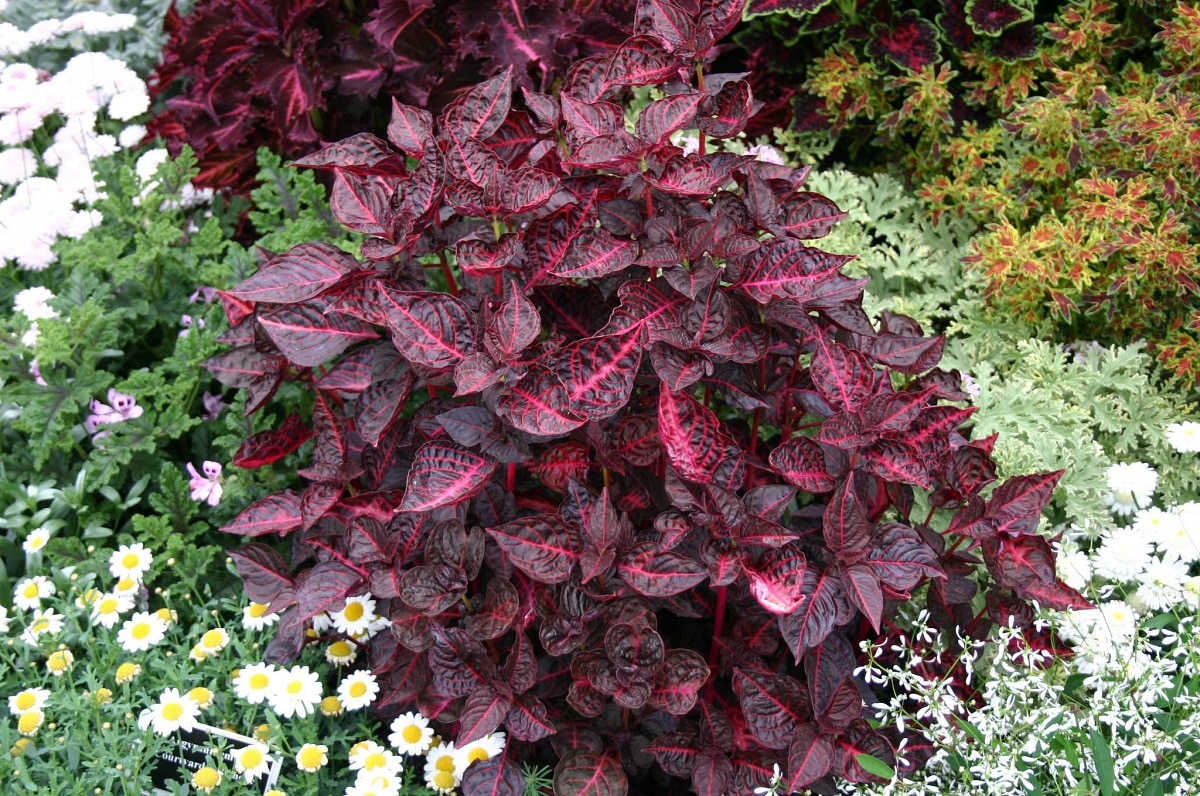
Do you like plants with showy foliage? Sometimes it can be a total odyssey to get a good plant with these characteristics and if you have a taste like that, then you will love Iresine. Unlike many plants that have been discussed on this page, the beauty of this species does not lie in the flowers like many others, but in the color of its leaves.
But to give you an idea of how great it will be to have it in your garden or at home, we will provide you with vital information about the Iresine, a beautiful plant that can be grown indoors, giving your home a very vivid color.
Origin of the Iresine
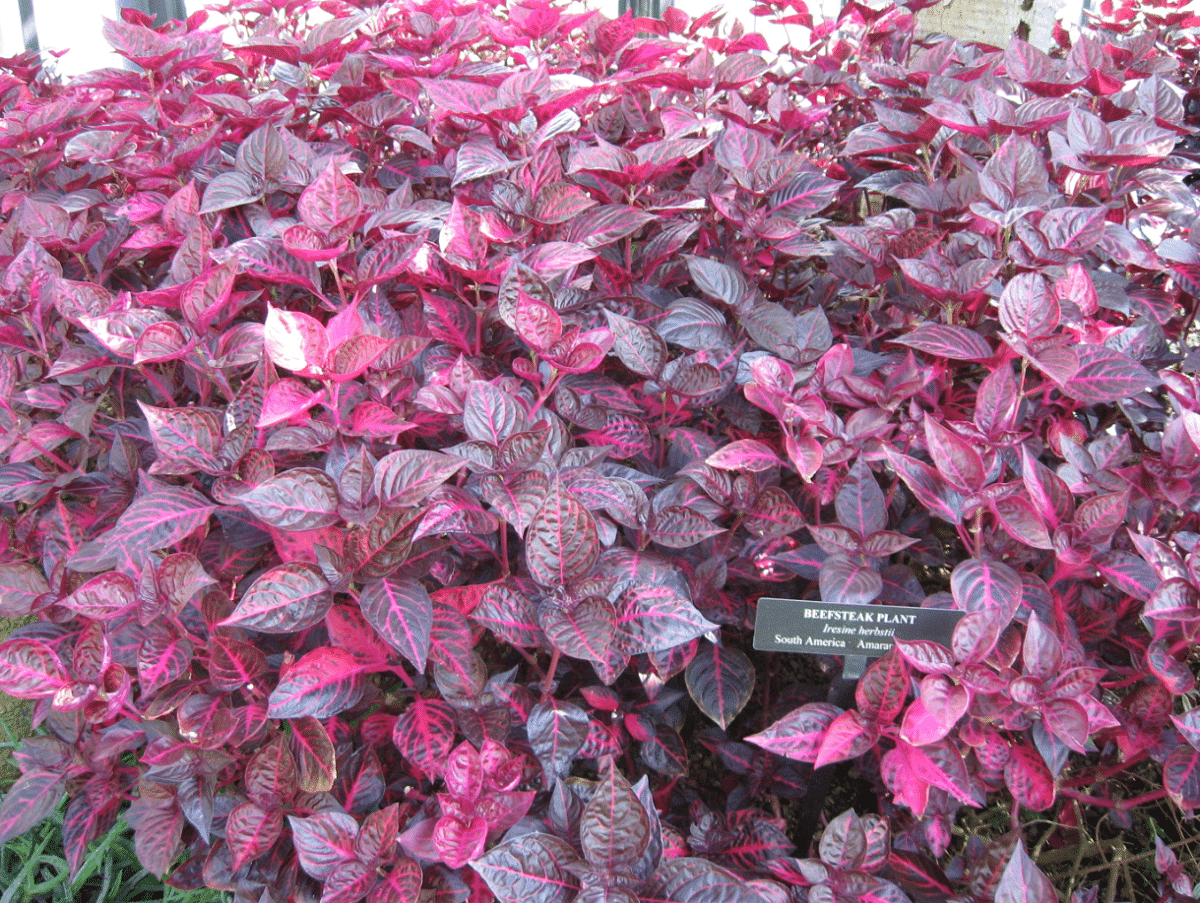
This beautiful plant belongs to the botanical family Amaranthaceae. Originally from Brazil, grows to a height of approximately 50-60cm, although in cool climates it rarely exceeds 40cm.
As far as its name is concerned, it is technically known as Iresine or iresine herbstii (scientific name). But in a vulgar way, it can be called through fever grass, blood leaf, quelite, among others.
As for their place of origin, their native country is known, but in a naturalized way, found in India and multiple parts of tropical Asia. This so that you get a slight idea of how many places and the gardens where it can be is quite wide.
Its reach throughout the world today is so wide that the plant itself has many different uses depending on where in the world it is found. We will see these uses later.
Features
You have to start with the type that he is, which it is a perennial plant. And although its origin and others are already known, it is also usually found in arid areas such as those that exist in South America, part of Australia and in all the Galapagos Islands.
Although the genus Iresine comprises 25 different species, we we are going to keep the iresine herbstii, which has a purple color capable of attracting attention from anyone, even those who have ever heard say that they do not like plants.
And, the red colors, as well as the purple ones, attract the eyes of all human beings, just like birds. Its leaves, by the way, remain on the plant throughout the year.
Regarding its multiplication, you can reproduce this species without problems through its cuttings. It's the only way. Of course, in case you intend to fill your garden with this plant using this method, you should know that you should do it during the spring.
However direct sun exposure should be avoided, especially if you live in a very hot climate, since otherwise, you could burn the plant. What's more, you can have it in a place where the sun hits them part of the morning, at noon it is in the shade and then it can receive a little sun again.
Farming
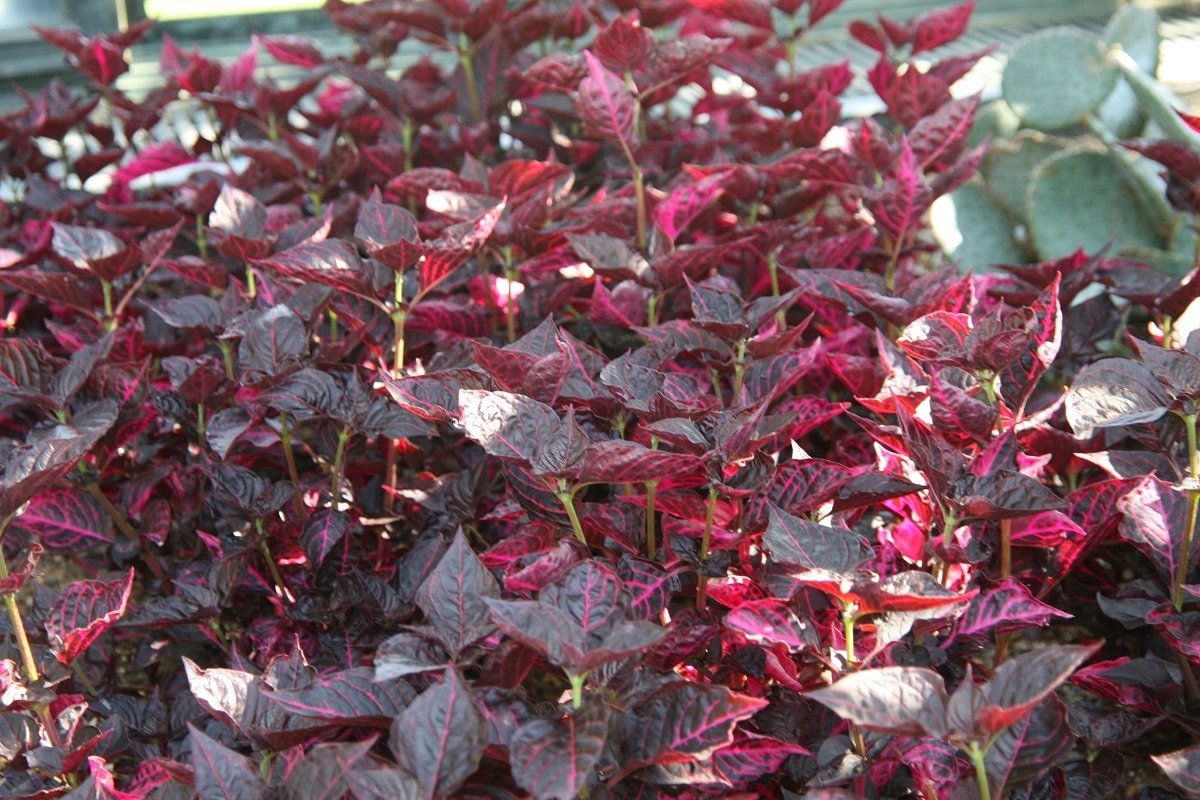
Ideally, it should be located in a very bright area, but away from a window and protected from drafts. If you have it in a tropical garden, we will put it, for example, near trees.
The Iresine it is a plant very sensitive to cold, which does not withstand temperatures below 10ºC, but which nevertheless adapts well to living in indoor conditions, as long as it has a humid substrate, but not flooded.
Irrigation will have to be frequent, every 3 or 4 days in summer, and every 5 or 6 the rest of the year. It is highly recommended that once a month and from spring to autumn, you add a few drops of universal liquid fertilizer or guano, if you prefer to use natural fertilizers to stimulate growth.
Care
And since we are mentioning irrigation, it is vital to talk about the soil that this plant needs. In the case of cultivating it, it has to be a very rich soil in terms of nutrients, so you have to guarantee the supply of organic matter so that they fertilize the land.
Similarly, the soil or the pot (as the case may be), it has to be well drained. What's more, you can do something quite simple if your intention is to have this plant in your garden.
Start by having it in a pot. After it has grown enough and the winter season has passed, you can either move it to a much larger pot or plant it directly in the ground, taking into account the drainage and nutrients of the soil.
To keep her as beautiful as the first day, you have to prune every season. Towards the beginning of spring, we lower the stems by 2-3cm. In this way, we will force you to take out new side branches.
An important fact is that you must control the amount of fertilizer that you will provide to the plant. If you do it in excess, it will not be beneficial for the Iresine.
So how do you do it? Simple. Just use a little manure and put it on top of the soil that you are using only during the spring and summer seasons. You should do it once a month.
Problems and pests
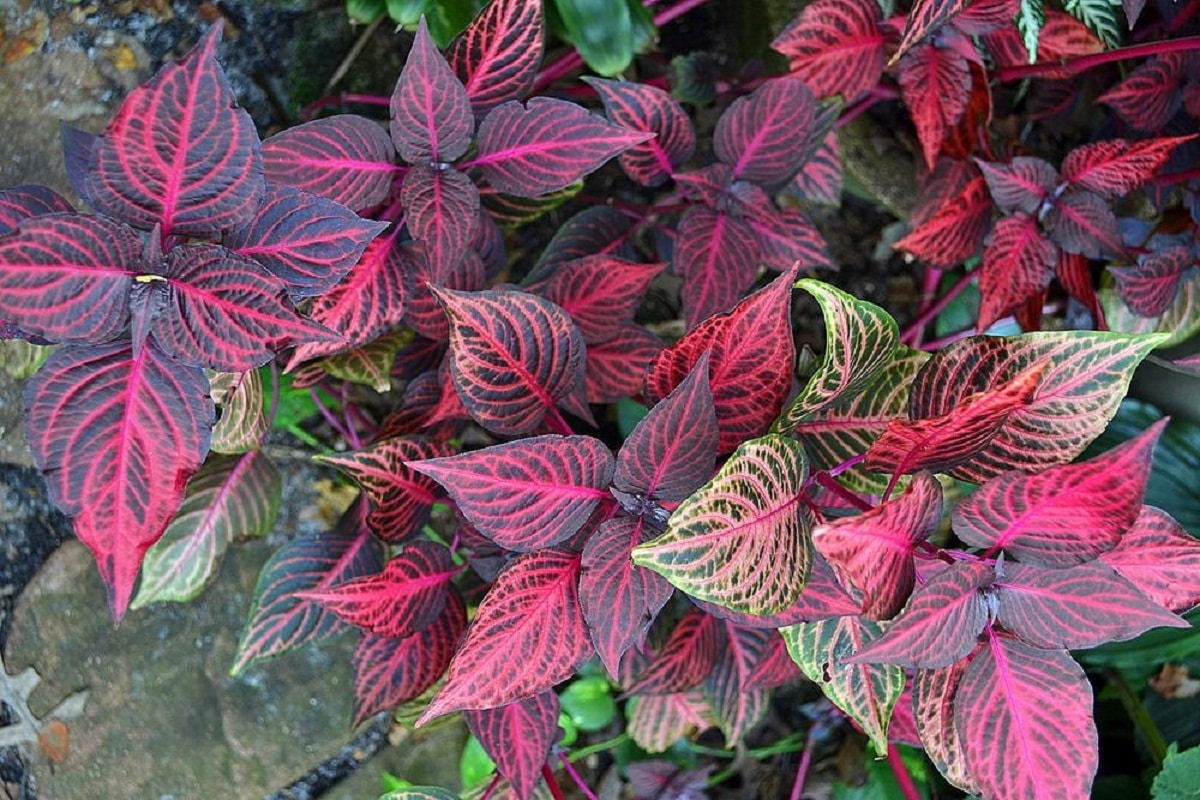
A general level, the plant is very resistant to pests and diseases, but this does not mean that at some point in his life or through your carelessness, he will not get sick.
Withered leaves
This is a clear example and indicative by the plant that means that the irrigation is not correct. That is, you are not providing the necessary amount of water.
Remember you must water the plant in such a way that the ground remains wet, but at the same time avoiding flooding. This little detail will depend on the time of year.
Opaque sheets without bright colors
It is surprising that this plant, despite not adapting very well to direct rays, tends to present problems in the coloration of its leaves. The plant cannot be away from the light, but not directly either.
To avoid this problem, just place it in a place where there is sufficient light. An example may be to place it on the edge of a window and where the sun does not shine directly on it, but there is a glare from it.
Aphids or aphids
This is the classic plant problem. Aphids are small insects that if not controlled as soon as possible, your plant will wither in a very short time. The remedy for this problem is to get a product that is effective against this pest.
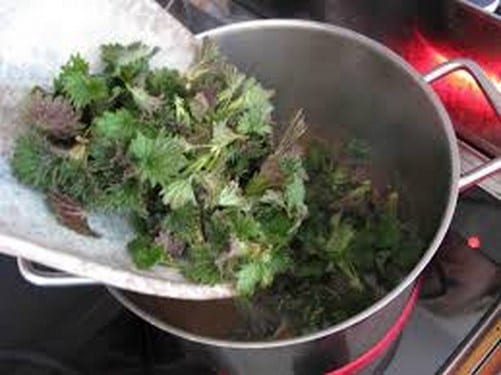
Uses
Now is the time to give way to the uses of the iresine herbstii. Let's start with a very traditional use of the Peruvian Andes, where this plant was used to carry out magic rituals.
In summary, la iresine herbstii It was consumed by the people of this culture along with other plants, in order to function as a stimulant of visions. It could be explained that these visions that took place at the time are due to a certain compound in the plant that manages to stimulate the central nervous system.
On the other hand, and thanks to the fact that it is an easy-to-grow plant, in the country Nigeria, it is used to feed livestock. In addition to being very economical, it is beneficial for livestock, since it helps them to better stimulate their blood system.
On the other hand, it has some interesting medicinal uses. For example, one of them is based on a traditional remedy from Brazil that is based on using Iresine leaves to create ointments.
These ointments act as a natural healer. Not to mention that can treat sores, be effective as a skin mask and serve as a treatment for eczema. However, this is not all.
Both the leaves and the flowers of this plant can be taken advantage of. And is that by combining both elements, you can get an effective remedy against fever, in addition to serving as a muscle relaxant.
If we go to the uses that are given to the plant in Peru, we can say that it is perfect for foliation processes. In addition, it can be used to treat kidney conditions and inflammation problems, as well as be effective against liver problems.
Who knows these uses (as well as you now), you can take advantage of this great plant and have a natural source to prepare home remedies and at the same time a plant to decorate your garden or interior of your house.
Super data, I have information, thank you very much, it helped me a lot ☺️
Thanks Wilma.